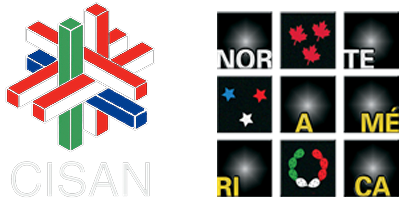Abstract
To deal with their historic migration to the United States, the Nahua communities from Southern Mexico have recreated a symbolic universe by establishing new categories in their social system for the men and women participants in that process. This turns theminto norteños and norteñas (male and female "Northerners"), and includes them in the community scale of values as collective examples of success and progress. Like in other societies, among the Nahua, changes in status, whether in the biological cycle or in the social cycle (turning into an international worker and going to "the North") during a lifetime are sanctioned by rituals. This makes it possible to recognize the unauthorizedMexico-U.S. border crossing as a rite of passage, through which the actors acquire new attributes and values. To identify the symbolic construction of this experience and its implications in social practice, the article analyzes the ritual in its three classic phases: separation, liminality, and aggregation. For the Nahua case, the development of this process consists of the "farewell," when the migrants externalize certain agreements with their protectors, family and community; the "voyage," marked by marginalization, invisibility, transgression, and sacrifices; and the "reception," in which the initiate is integrated once again into the new context of clandestine immigration.Authors who publish with this journal agree to the following terms:
Copyright Retention and License Grant:
Authors retain copyright of their work and grant the journal a non-exclusive right of first publication. The work is licensed under a Creative Commons Attribution-NonCommercial 4.0 International License (CC BY-NC 4.0), which permits others to share and adapt the work for non-commercial purposes, provided they give appropriate credit to the author and acknowledge the work’s initial publication in this journal.
Additional Distribution: Authors are free to enter into separate, additional contractual arrangements for the non-exclusive distribution of the journal’s published version of the work (e.g., posting to an institutional repository, publishing in a book, or other distribution), provided they acknowledge the work’s initial publication in this journal.
Pre- and Post-Publication Sharing: Authors are permitted and encouraged to share their work online (e.g., in institutional repositories, personal websites, or academic platforms) before, during, or after the submission process, as this can foster productive exchanges and increase the visibility and citation of the published work, subject to the terms of the CC BY-NC 4.0 license.



